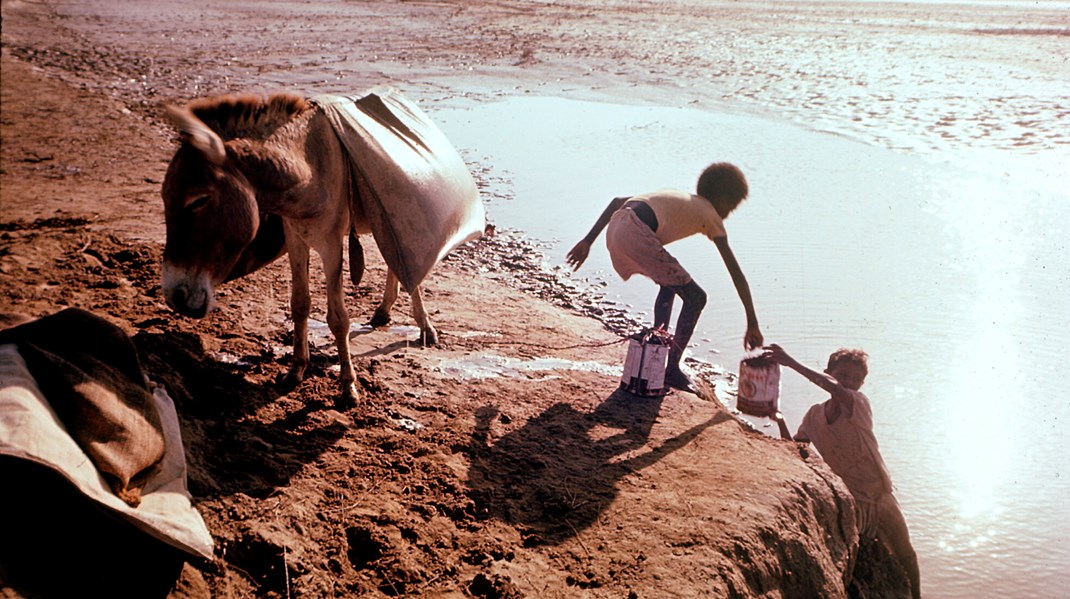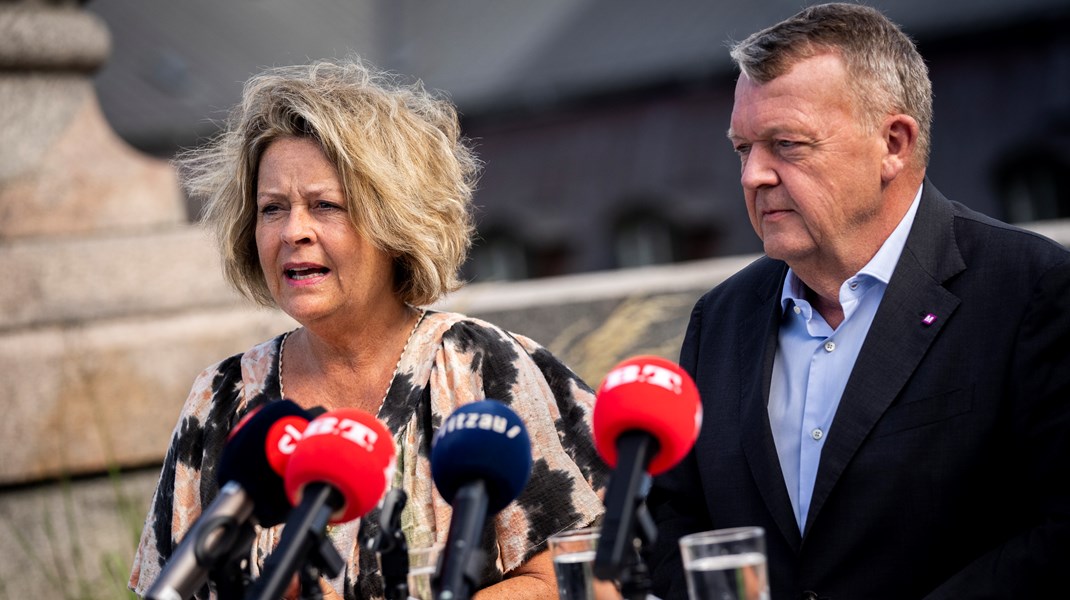US$148 million needed to ensure rapid assistance in Nigeria's Borno State ahead of rainy season
STRATEGIC SUMMARY
The ongoing conflict in northeast Nigeria has affected most, if not all, people who live in the area; with Adamawa, Borno and Yobe being the three most affected states. For the eighth consecutive year, the humanitarian crisis has deepened, resulting in the displacement of nearly 1.8 million people; 89 per cent are from Borno, out of which 91 per cent are within the state and children constitute the majority of the displaced population. As the rainy season approaches, potential flooding in these areas would only deepen the humanitarian crisis leaving an additional 130,000 to 200,000 in need of humanitarian support. Access to populations who are already critically food insecure would become more difficult while the spread of disease and destruction of shelters could increase.
Timely fulfilment of pledges to international partners and the Nigerian government remain critical to providing the urgently needed humanitarian assistance in terms of food, nutrition, psychosocial support, shelter, water, and other humanitarian assistance.
To ensure rapid and appropriate humanitarian assistance for those with additional risk of flooding during the upcoming rainy season, the OHCT has developed this Contingency Plan for Borno State. This plan includes time critical life-saving activities as prioritized by sectors in the immediate term based on the most likely scenario, but within the overall Nigeria 2017 HRP framework. The total estimated budget of the plan of US$148 million includes US$31 million for preparedness and US$117 million for response activities.


